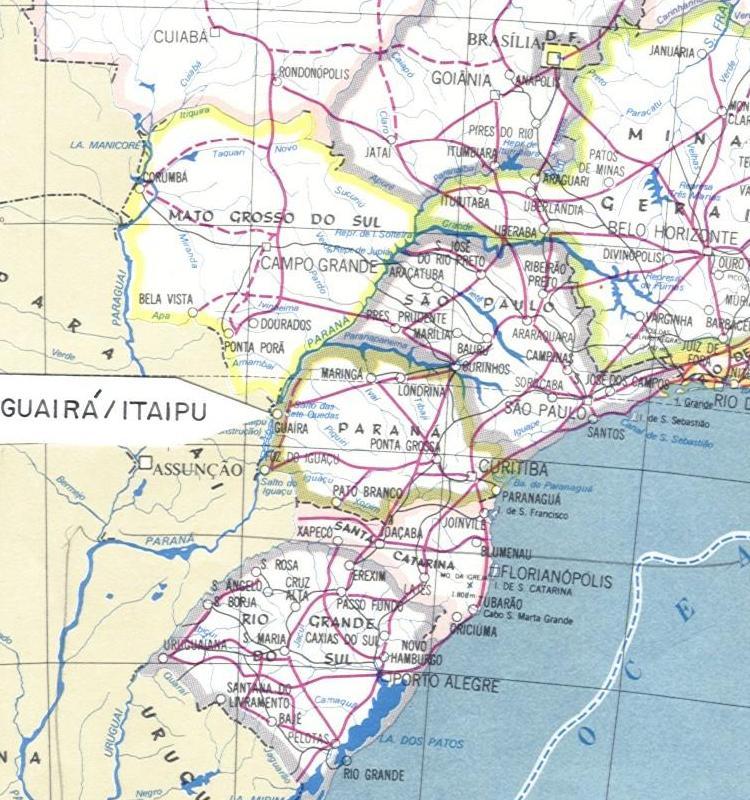
2) HISTORY
3) DECADE OF 1960
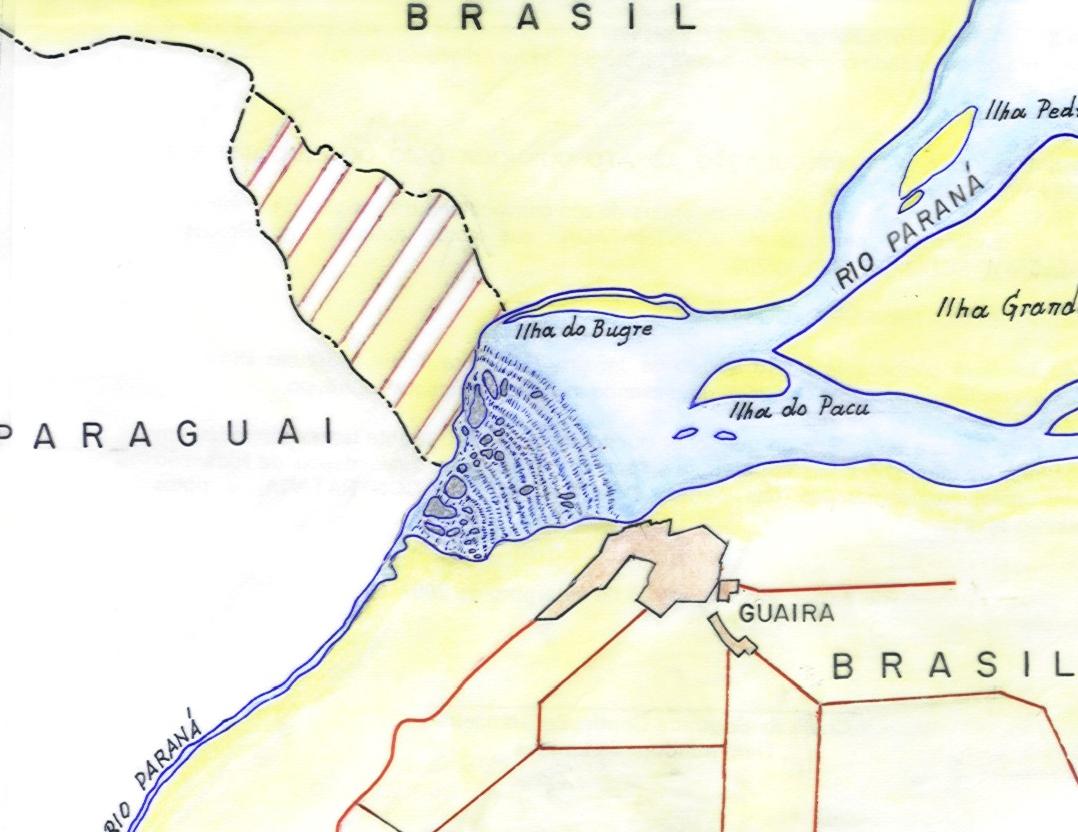
4) TREATY OF ITAIPU
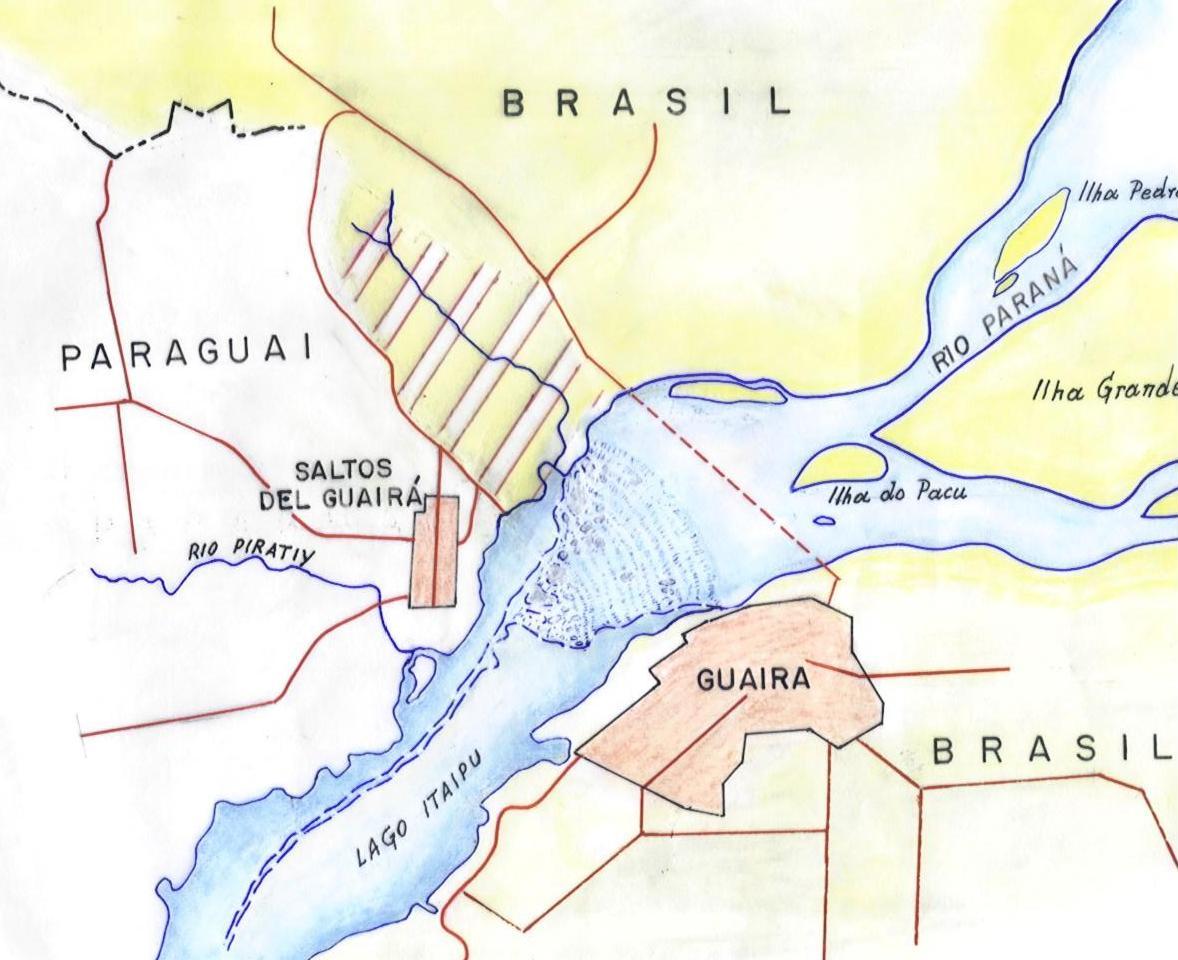
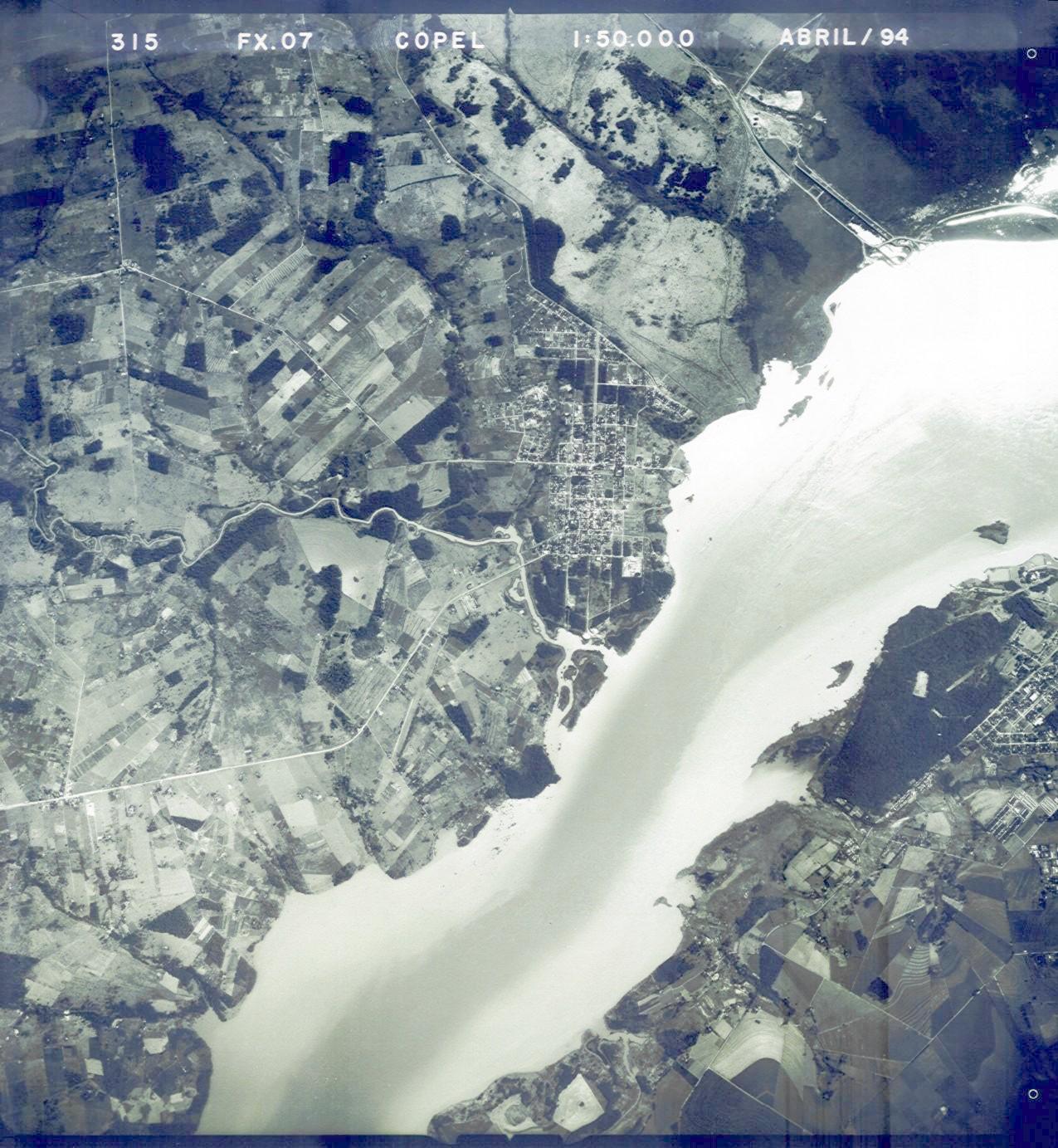
5) CURRENT SITUATION

6) APROX. COORDINATES OF 5ª FALLING
7) CONSTRUCTION OF ONE MORE MARK - IV/376
8) BIOLOGICAL RESERVE OF MARACAJU
9) ARROUND THE RESERVE (the two solutions)
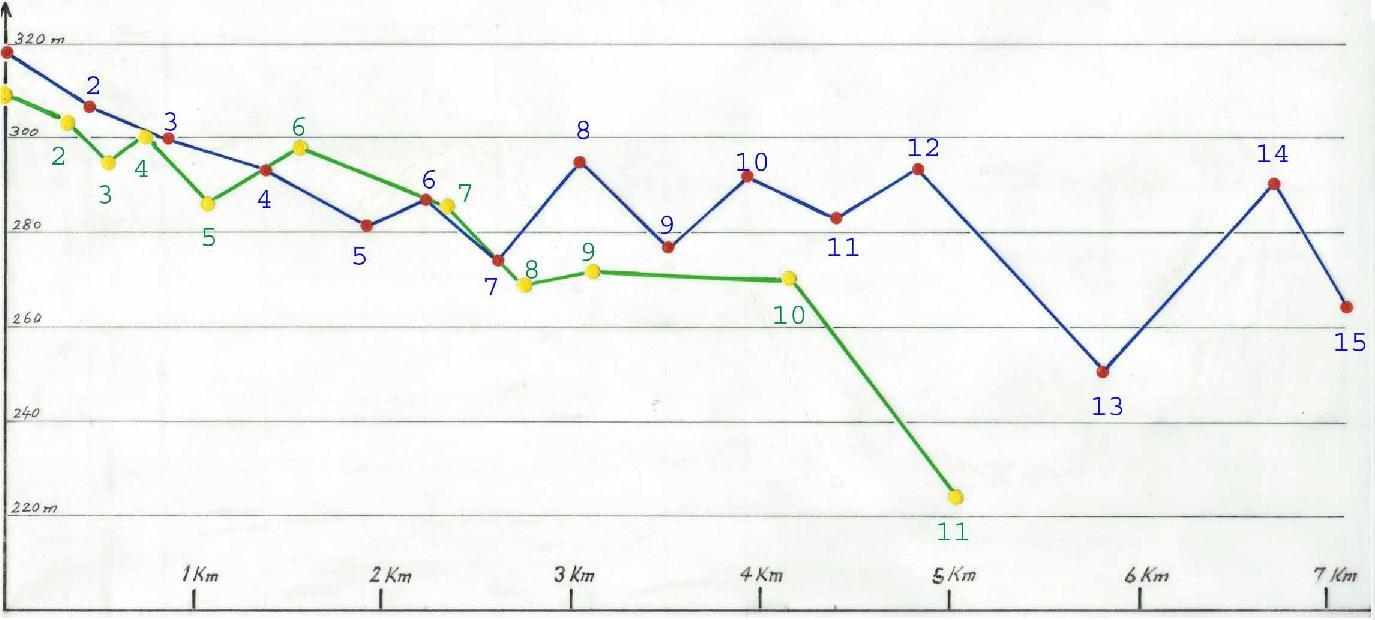
Click at the grafic in order to see the around of the Reserve by the Google-Earth
10) THE WATERS OF ITAIPU LAKE
1 - In the " Itaipu Treaty", it was foreseen that the works "will not produce any change in the limits between both coutries, established in the current Treaties";
2 - The current 1872 Treaty, said that, along the Paraná River, the limit follows the "alveo" of the river. Which means the waters are shared by both coutries.
* - This work represents the thought of the author, and it is the result of his research and studies on the subject.